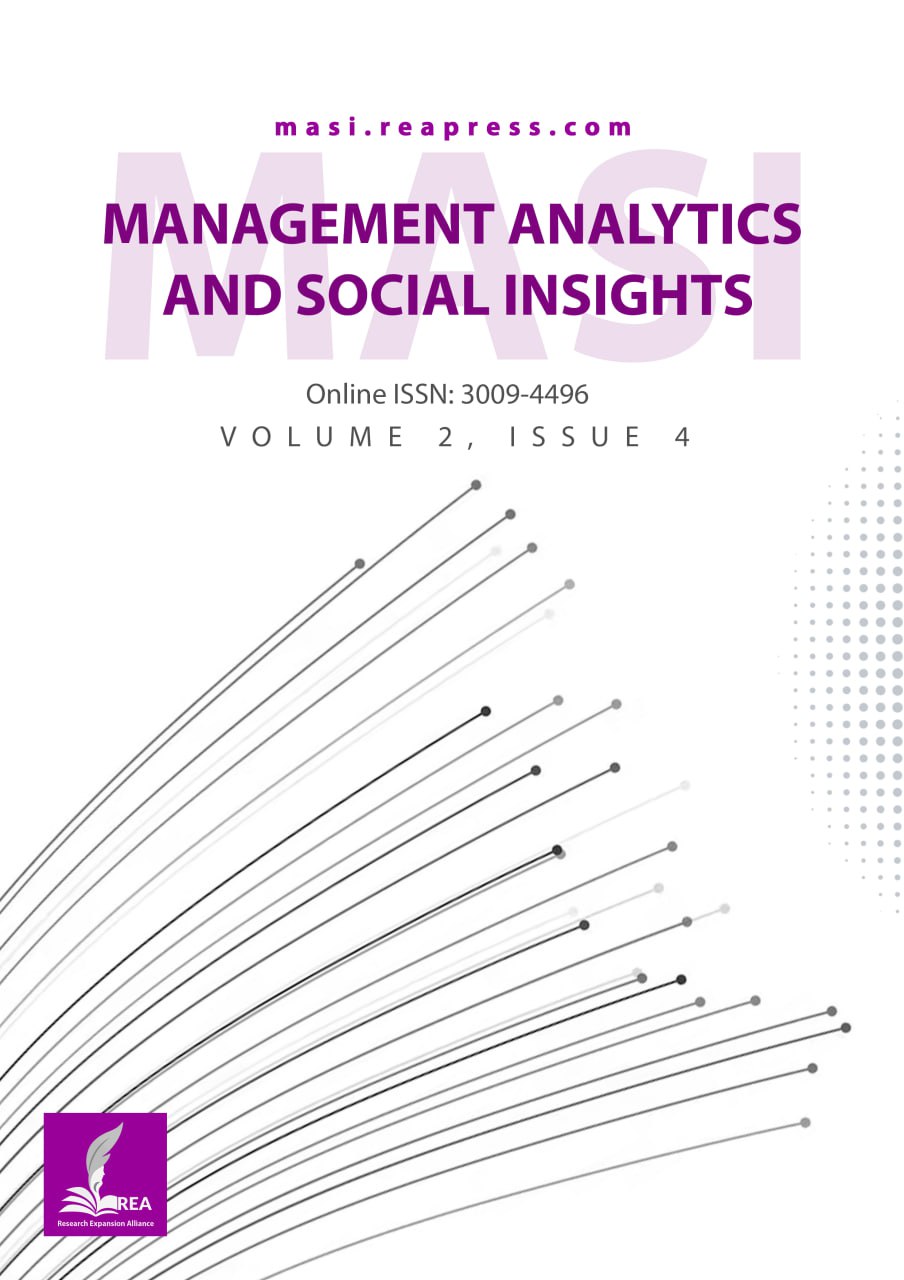A Unified Hypergraph- and SuperHyperGraph-Based Framework for Food Web Extension: From Classical Food Webs to SuperHyperWebs in Agricultural and Ecological Systems
Abstract
Research on the applications of graph theory has also been conducted in areas such as Agricultural
and Ecological Systems. Hypergraphs generalize graphs by allowing hyperedges to join any number
of vertices, while superhypergraphs further extend this idea by layering iterated powersets to capture
hierarchical, self-referential connections. A food web models an ecosystem as a directed graph whose
nodes are species and whose edges represent predator–prey interactions. In this paper, we introduce two
novel extensions of classical food webs: the Food HyperWeb, which encodes each predator’s entire prey set
as a hyperedge, and the Food n-SuperHyperWeb, which embeds multilevel trophic relationships within an
n-fold superhypergraph structure. We provide formal definitions, establish their foundational properties,
and present illustrative examples demonstrating their effectiveness for agricultural and ecological network
analysis.


